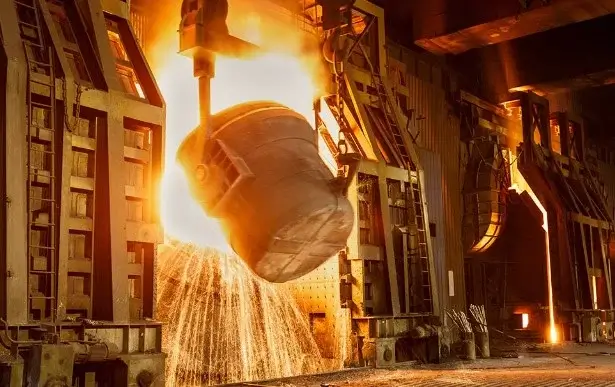In 2023, the global steel market continued to experience mixed trends influenced by various factors. At the beginning of the year, there was an increase in demand for steel, especially in the construction, automotive and engineering industries, which stimulated an increase in metal prices. However, already in the second quarter of the year, a decline in demand was recorded due to macroeconomic uncertainties, such as geopolitical tensions, trade conflicts and instability in commodity markets.
It is worth noting that in 2023, global steel producers faced an increase the cost of energy resources, transportation costs and raw materials, which led to an increase in production costs. This has created additional barriers to remaining competitive in the global market.
Changes in environmental standards and requirements for sustainable production have also been an important factor for the steel market. Many countries have implemented stringent regulations on emissions and the use of alternative energy sources, which has forced steel producers to adopt new technologies and innovations.
The forecast for 2024 remains mixed. On the one hand, moderate growth in demand for steel is expected, especially in the construction and automotive industries, due to the global economic recovery after the pandemic and the implementation of infrastructure projects.
On the other hand, high volatility in steel prices is expected to continue due to instability in the markets for raw materials and energy resources, as well as the influence of geopolitical factors. In addition, the unpredictability of global politics, including trade disputes and sanctions, could have a negative impact on supply and demand in the steel market.
It is important for steel producers to actively adapt to changing market conditions, invest in efficient production technologies, reduce costs and improve product quality. It is also necessary to pay more attention to sustainable development and compliance with environmental standards, which will allow us to remain competitive in the global market in the long term.




